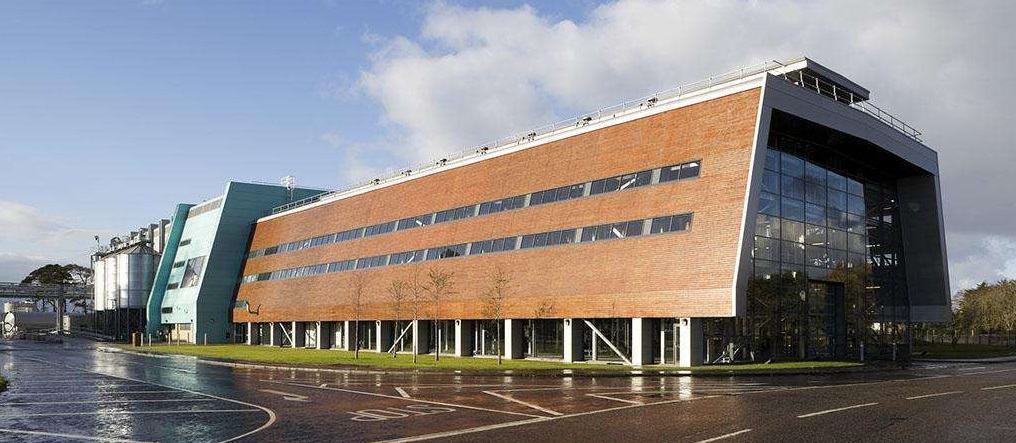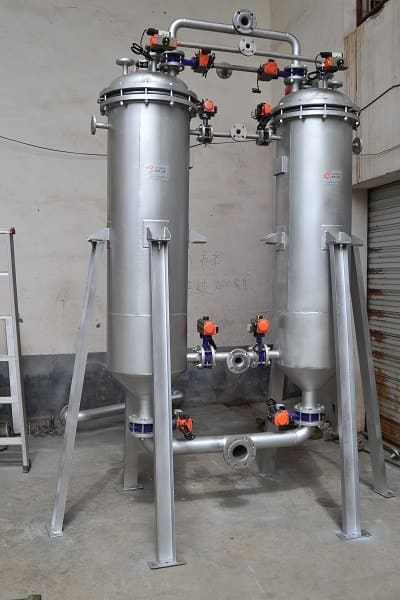How to Start a Microbrewery?
Starting a microbrewery isn’t easy. There’s many things we should consider before jumping into this adventure. What sort of equipment you need buy? What are the things that will require most of your attentions? Is there enough market for your products? How it’s like to be part of the beer brewing industry? What is your business model? As an entrepreneur there are so many things to be cautious about as you probably already know. We’ll try to do our best in helping you to process of opening a microbrewery and what type of equipment you need.

Step 1: Looking for a workshop
We need to find a workshop to produce your beer. The location of the workshop is very important. Generally, your brewery will need to have a filling workshop, a distribution workshop, a conveyor workshop, a fermentation workshop, a brewing workshop and boiler workshop! The area of the micro brewery could be anything between 600 and 1200 square meters. That’s a lot of space, and in some countries can be very expensive to hire.
Step 2: Choose your microbrewery equipment
The fermenter and brewing system are the most essential elements for brewing beer. Therefore required most of your attention. Some large breweries have a fermenter capacity of several hundred tons or more. Since it’s very likely you’ll be starting small, browse in our brewery products page to get better idea of what you are looking for.
Step 3: Selecting the pulverising system
The raw material pulverising system includes two parts; Malt pulverisation and auxiliary pulverisation. The pulverisation method is further divided into dry pulverization and wet pulverization. The dry crushing system includes: Selection machines, vacuum cleaners, hoists, crushers, silos and accessories. (1) Selecting machine: Use a vibrating screen to remove impurities and use a magnet to remove the iron. (2) Vacuum cleaner: Use a pneumatic dust suction device to absorb and discharge dust and recover the usable powder. (3) Hoist: Use the bucket or vacuum negative pressure principle to increase the feed supply to the crusher. (4) Grinder: It is divided into a pair of rolls, three rolls, four rolls, five rolls, six rolls and other models to pulverise raw materials and auxiliary materials. (5) Tanks: The crushed malt powder or supplemental powder is temporarily stored in the corresponding Tanks as a temporary storage tank for beer saccharification raw materials.
Step 4: The beer brewing saccharification system
The brewing equipment line (excluding the beer fermenter) generally refers to the beer brewing saccharification system, which mainly consists of a saccharification pot, gelatinisation pot, filter tank, boiling pot, and sedimentation tank. It may sound complex, so we thought you might enjoy this video: Watch Here.
Each component of Yolong’s saccharification system is crafted from high-quality 304 stainless steel, meeting the highest international standards. Using modern manufacturing techniques such as automatic plasma cutting, laser wire cutting, and pure argon gas protection welding, we ensure precision and durability. All contact surfaces—such as those in contact with wheat bran—are mirror-polished internally and polished externally, delivering the most advanced technology available on the market. High quality and competitive pricing are only the beginning of what we offer.
Saccharification Pot & Gelatinisation Pot
- The system adopts an internationally advanced suspension speed control system, combined with frequency conversion and self-controlled stirring. This guarantees uniform mixing during the process and optimizes enzyme activity, conversion, and catalytic efficiency. The result is the best beer quality and maximum yield right from the source.
- Equipped with high-efficiency Maitreya jacket heat exchange technology and applying the principle of scientific steam turbulence, these pots maximize heat conduction and energy efficiency. The fully automatic temperature control system ensures rapid heating and stable heat retention throughout all saccharification and gelatinisation stages.

Filter Tank
- The filter tank adopts an advanced scientifically shaped cutter structure and hydraulic automatic lifting technology. This ensures smooth turning and troughing, improves filtration speed and production efficiency, and maintains good wort transparency and juice yield.
- It is equipped with an international advanced suspension and stirring device, combined with frequency conversion, speed regulation, and automatic control technology. This design makes operation more convenient and flexible, simplifies maintenance, and reduces costs.
Boiling Pot
- The boiling pot applies advanced body boiling and pressurizing technology to enhance boiling strength. This significantly improves the evaporation of dimethyl sulphide, promotes the polymerization of proteins and other condensables, and ensures rapid separation of boiled wort and polymers.
- It adopts extracorporeal circulation mixing technology to accelerate the heating rate during the initial boiling stage. This keeps the wort at a uniform temperature throughout the heating process, prevents localized overheating, and avoids denaturation phenomena, thereby guaranteeing boiling quality.
Precipitation Tank
- Based on the optimal unit storage area, the tank design enlarges the diameter-to-height ratio to reduce swirling speed. This promotes sedimentation and coagulation of the coagulum, achieving the best separation effect.
- Coupled with a hot coagulum storage tank, it not only increases wort yield but also reduces environmental pollution.
Hop Adding System
- The hop adding system can consist of two or more tanks equipped with pumps and accessories such as pipes and valves, allowing automatic control of hop addition.
- All components—cans, valves, and pipes—are connectable to the CIP system for automatic or semi-automatic cleaning and disinfection.
Step 5: Filter and store beer
We recommend two types of beer equipment filters: diatomaceous earth filter and membrane filter. Their working processes are as follows:
Diatomaceous Earth Filter
Based on structural principles, diatomaceous earth filters can be divided into column-type and plate-and-frame type. Although the structure differs, the working principle and operating method are essentially the same. Both include a soil mixing tank, a soil supply pump, and an automatic control system.
Operation steps include:
- CO2 backup
- Water filling
- Exhausting
- Pre-coating with coarse diatomaceous earth (1–3.5 mm)
- Pre-coating with mixed diatomaceous earth (400–500 g/m²)
- Pumping wine mixture (80–300 g/100 L)
- Circulation
- Filter wine production (maintain pressure difference at 0.02–0.04 MPa/h)
- Completion
- Top wine
- Dumping
- Cleaning
- Updating diatomaceous earth
Membrane Filter
Membrane filters are generally designed with a column structure and use a two-machine parallel connection method. The process includes CO2 backup pressure, wine pumping, filtration, switching regeneration, and cleaning to ensure each filter column is regenerated and cleaned in time for continuous production.
Regeneration steps include:
- Automatic switching
- Normal-temperature water cleaning (5 minutes)
- Warm water cleaning at 70 °C (5 minutes)
- 2% alkaline warm water cleaning at 70 °C (25 minutes)
- Hot water sterilization at 90 °C (30 minutes)
- Natural cooling (2 minutes)
- Pressure testing and standby
After filtration, the beer is stored and then packaged.
Step 6: Bottling the Beer
This stage includes:
- Bottle washing
- Filling
- Capping
- Labelling
There are many other components in a complete brewing line, but the above provides a clear overview for those new to beer equipment and brewing processes.
YoLong is one of the leading brewing equipment manufacturers in the world. If you have any questions, feel free to contact us.
Share this entry
Interested in learning more about Brewing Systems including additional details and pricing information? Please use the form below to contact us!
YOLONG BREWERY EQUIPMENT FAQS
- Commercial Brewery / Craft Brewery / Microbrewery / Nanobrewery
- What is The Difference Between Craft Beer and Industrial Beer?
- The Bespoke Differences In Custom Brewing Systems
- Everything You Need to Know About Kettle Souring
- How to Choose Brewing Equipment for Your business?
- How To Choose The-Best Partner To Build Your Commercial Microbrewing System?
- Two Detection Sensors That You Need To Use In Your Brewhouse System
- Remote Control Applications in Brewing Equipment/How does it work?
- How To Clean Your Brand New Brewery Tanks?

